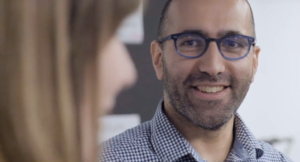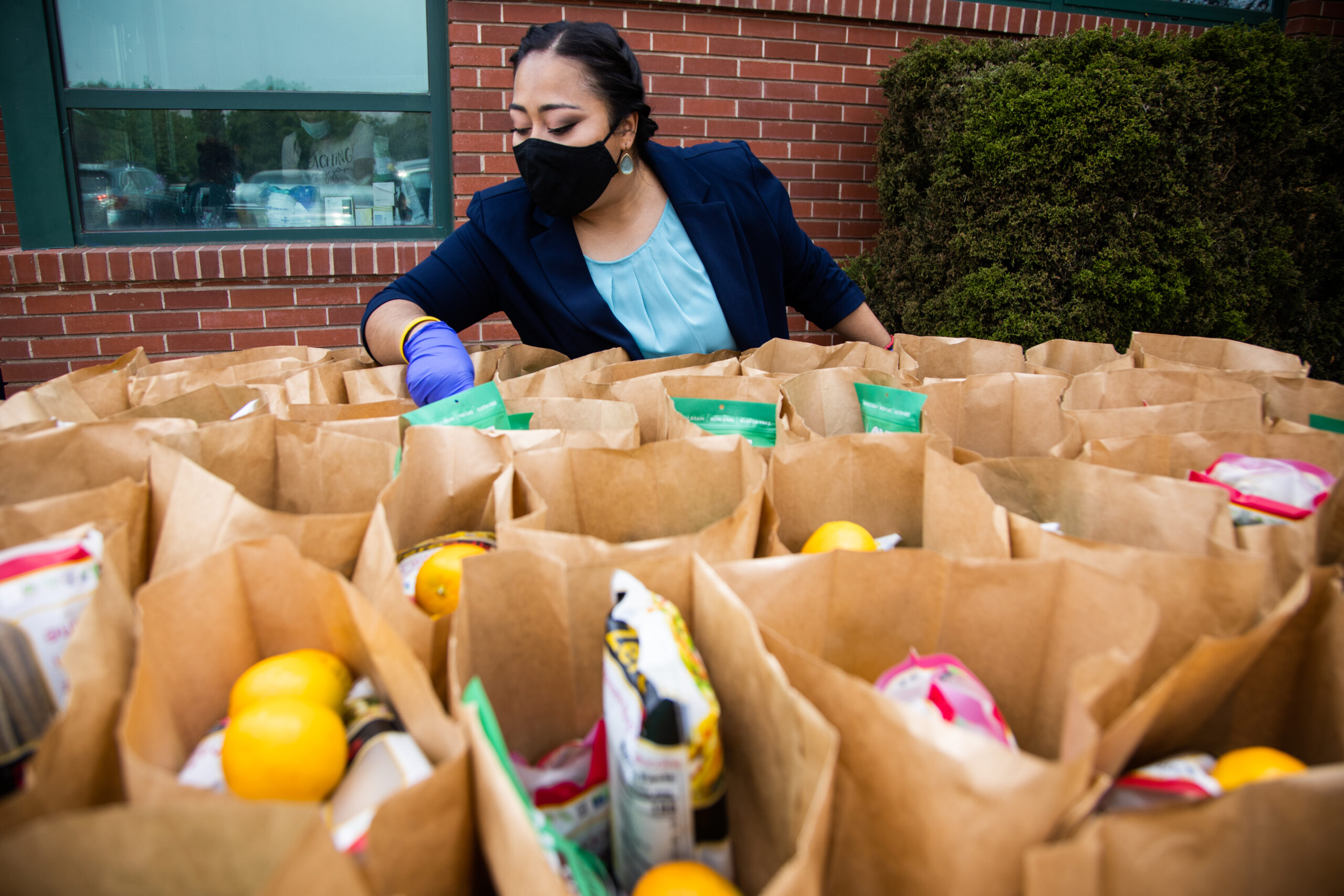Standards Matter and We’re Pushing Them Forward
In every industry, the ability to communicate clearly and effectively is important. In the space that Aunt Bertha works in – enabling community organizations, businesses, and Seekers (those who are seeking assistance) to connect with each other – it’s especially critical. Information on what help is needed and who needs it must flow efficiently to enable timely assistance without errors and unnecessary extra steps.
That’s why our company cares so much about interoperability, a convoluted word for a very simple concept: making sure that data systems can speak with each other.
Imagine if mobile phones from different wireless companies such as AT&T or Verizon couldn’t send data or text messages to each other without additional third-party software. Or that you had to use different types of paid web browsers to view web pages from different industries because they were created with incompatible web-design languages.
When Internet of Things devices such as Wi-Fi light bulbs and smart doorbells started becoming available, a lack of interoperability delayed their popularity; for a while many products didn’t work together and made home installation a huge pain. More significantly, the healthcare industry suffered for years while expecting the U.S. government to drive collaboration and interoperability standards, making the adoption of electronic health records more costly and complicated for everyone.
As early as 2013 Aunt Bertha realized that our work requires an open taxonomy, or names and definitions, to make systems across different areas such as education, government, and healthcare communicate without problems.
Aunt Bertha founder and CEO Erine Gray says that such a thing that wasn’t proprietary didn’t exist at the time, requiring the company to take the lead on creating a sensible taxonomy for classifying social services. “We were looking for a taxonomy that was multi-faceted,” Gray said, “meaning a person has attributes of themselves (a disease, age, gender) and a service has attributes as well (food pantry, soup kitchen, help find housing). So we tag our programs with two categories: ‘Who it’s for’ and ‘what the service is.’ “
Gray says the company wanted to keep this taxonomy open and free to the public; Aunt Bertha published it with a Creative Commons ShareAlike license.
Aunt Bertha’s vice president of strategic partnerships, Jaffer Traish, says that this is in line with Aunt Bertha’s open platform and person-driven approach. With this classification approach, “The person owns the referral history and data, the person chooses who to share it with, the person can take charge of finding help as well,” Traish said.
This is counter to the approach taken by data-collecting companies that have a vested interest in keeping user data closed off to competitors and even their own users.

Jaffer Traish, VP of partnerships at Aunt Bertha
Traish said that in the medical industry, “proprietary systems were innovative, though the companies that built them lacked any incentive to collaborate on external data exchange, creating large silos. Only recently are national identifiers for people, service price transparency, and consumer-driven standards beginning to address consumer demand.”
Aunt Bertha is not alone in its mission to promote interoperability in these systems. The Office of the National Coordinator for Health IT (ONC) is leading a national initiative to create standards for a technical framework of hardware, software, and information in healthcare, for instance.
Here are some other ways Aunt Bertha is promoting standards in the social-care space that it works in:
- Aunt Bertha proposed a human-services taxonomy to HL7 FHIR (Fast Healthcare Interoperability Resources), which did not have a way to classify social-care services. HL7 is a not-for-profit standards organization used in 50 countries by governments as well as healthcare organizations.
- Aunt Bertha proposed eligibility rules standards to HL7 FHIR to serve up social-care services based on existing information available in systems such as electronic medical records.
- Promoting the idea that these standards should reach across all industries that touch social services, not just healthcare, with the goal of making information-exchange systems less costly and faster to develop.
Portability of Social-Care Referrals
We are working on standards that support referral details being portable. Because social referral details should be available to many helpers, including within and outside healthcare, we are working with electronic health record leaders such as Cerner and Epic to make social-care data system agnostic. Says Traish, “Only allowing social-care data to persist in a healthcare vendor platform would be harmful to communities and to seekers. We have their support for standards that work outside of healthcare; that is key.”
The ONC’s U.S. Core Data for Interoperability (USCDI) and FHIR do not support social-care data fully, but the company feels they are good efforts to improve standards. We think the FHIR standard has enough traction and a vibrant governing body to move the space forward, and that’s why we believe it’s the right channel for housing these standards.
Future of Interoperability and Social Care
Aunt Bertha will continue to work to ensure that such data will be shareable across schools, hospitals, nonprofits, and other organizations, removing traditional barriers that depend on proprietary external systems.
“When people are struggling — whether it be a financial crisis or a family crisis, they need a safe, anonymous way of finding help,” said Traish. “And the first step is understanding what’s out there through our search. That’s why we don’t require a login to search and find services: to give people the security of anonymity. This is one of our core beliefs and I believe it differentiates us.
“Our interoperability strategy puts the individual as the owner of their own referral history and the decision to share is theirs,” he said.
